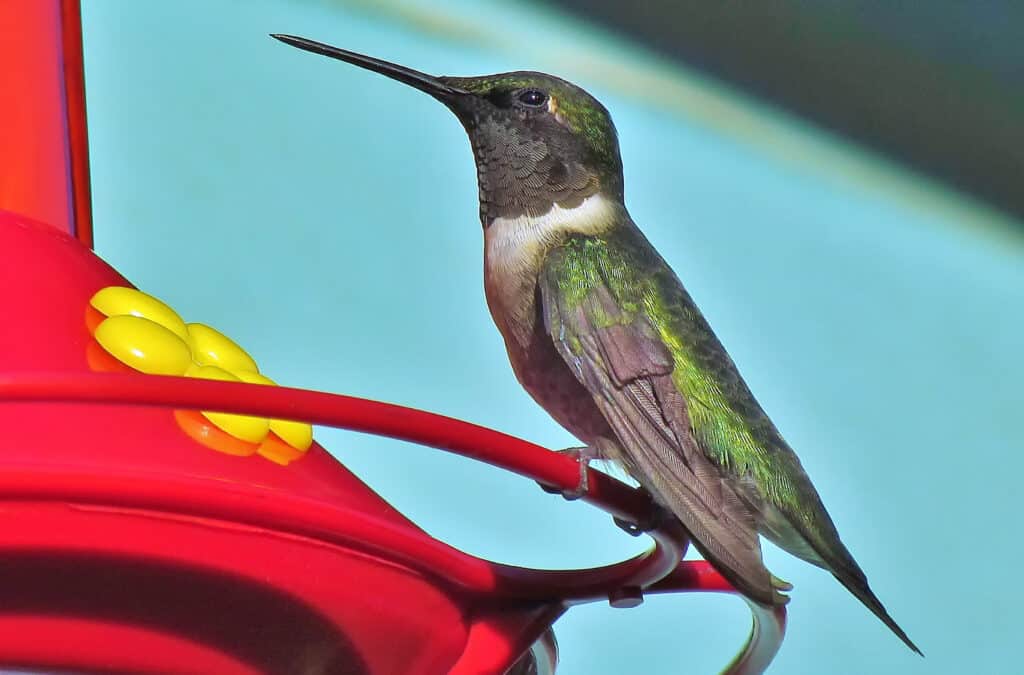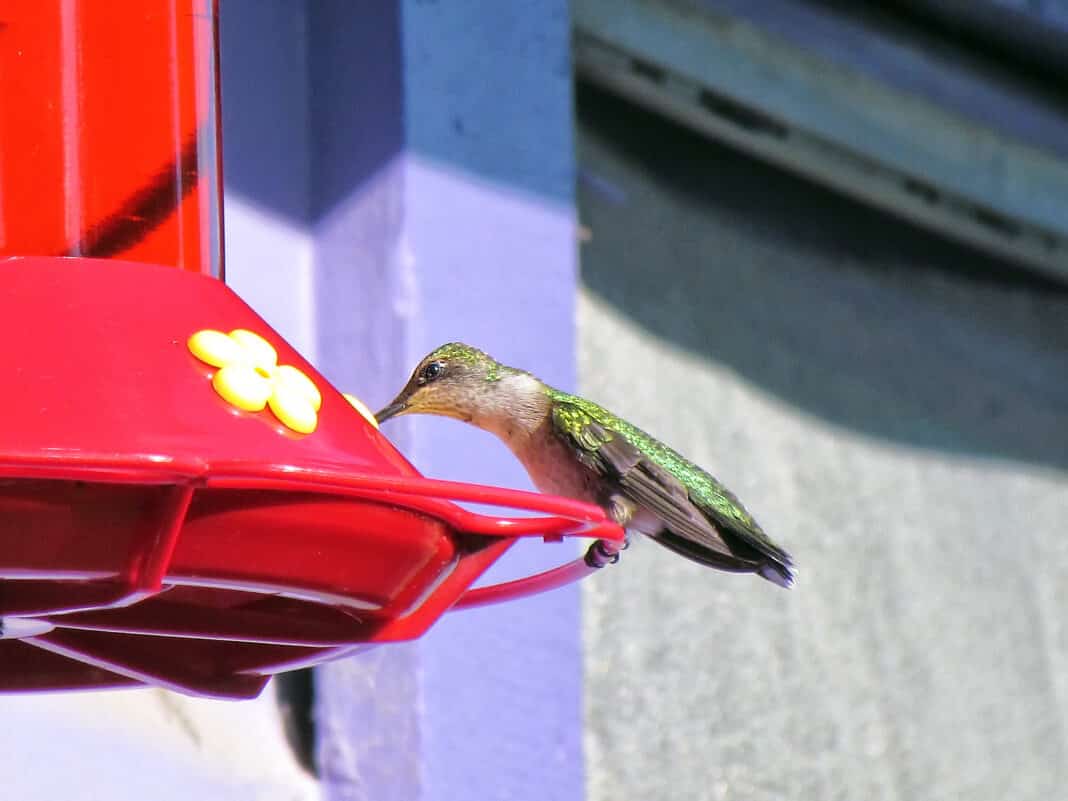Spring cleaning is for the birds.
And we know it’s springtime in the Rio Grande Valley since the weather report is predicting 100 degrees in some places, but it’s also time to clean your bird feeders.
Wild birds in our yards are a treat, but there are some responsibilities we need to assume in order to keep those birds safe from diseases and mold which can build up in backyard feeders, experts say.
“In general, we don’t want food sitting in any kind of feeder for too long because it can start to rot and hold bacteria,” said Tony Henehan, a wildlife biologist with Texas Parks and Wildlife Department. “If that happens in those conditions, that’s where diseases start to build up.
“And bird feeders, since they draw in usually more than what would normally be associated at a food source for any kind of group of animals, they bring in a lot of birds,” he added. “They can transmit disease quite regularly, if that disease is there. So we want to reduce the opportunity for disease to start and we want to reduce the opportunity for them to spread.”
Seeds and seed hulls that accumulate on feeder trays and on the ground below feeders can become moldy or start decomposing, especially after heavy use or wet weather, and they can make birds sick.
Bird droppings, and other contaminants around and on feeders can spread infectious bird diseases.
“The key is to keep the feeders clean, keep the area around the feeders clean, and fully shut down feeding if dead or sick birds are found at the feeder,” said TPWD ornithologist Cliff Shackelford.
The experts say feeders should be cleaned once every two weeks or more often if there have been reports of salmonella in the area.
To properly clean a bird feeder, first take the feeder apart. Wash all of the feeder parts with regular soap and boiling water or allow the parts to soak for 10 minutes in a diluted bleach solution, or an hour in a weak vinegar solution.
After that, scrub the parts with a clean bottle brush, particularly necessary with hummingbird feeders. Rinse the feeder thoroughly or wash in a dishwasher on a hot setting. Allow the feeder to dry completely before refilling it. Do not use any harsh chemicals or sprays which may damage the feeder.
Bird feeders are purely supplemental food sources for birds and in most circumstances do not make birds dependent on them as a food source.
“That is a common concern that we’re taking them away from their natural food,” Henehan said. “If anything, we’re helping them out in times when natural food is scarce.”

“For example, a couple of years when we had that big hurricane come through the coast, a lot of hummingbird food was destroyed, natural flowers,” he added. “So hummingbirds when they were migrating through were heavily reliant on hummingbird feeders. Otherwise, a lot of them would not have made it. At times like that, feeders are hugely needed.”
Even more recently, backyard bird feeders provided a much-needed alternative food source for birds in Texas.
“When we had that big winter storm, a couple days after it, to a week or two after, we needed some feeders out because some natural food sources had diminished and were just starting to come back,” Henehan said.
Biologists say the best way to attract a variety of bird species is to construct a backyard “wildscape,” a mini-environment using native plants.
These plants are better acclimated to changes in the weather, especially drought or extreme temperatures.
Providing water for birds, such as in bird baths or a trickling water source, can be another bird magnet, especially during Texas summers. However, bird baths also require cleaning in order to reduce the spread of avian diseases.
For more on birds and birding in Texas, visit the TPWD website at https://tpwd.texas.gov/huntwild/wild/birding/





